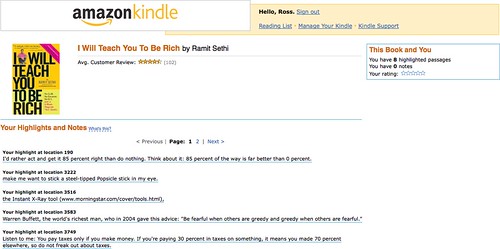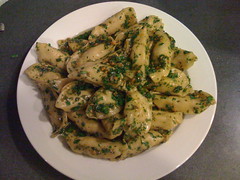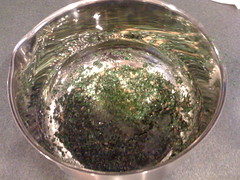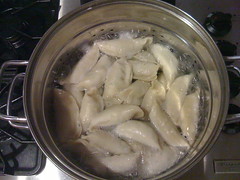
Full Disclosure: I received a free copy of this book for review.
Additional Disclosure: I had already purchased this book myself before I received the free copy.
I remember the first issue of
Fast Company: it came out in 1995, just before I started business school in 1996. What I remember most about the magazine as I read it during business school was how interesting and real the stories were, how much they talked about failure and success, and how much different and more relevant the stories were than what I was learning in class. There were many times that I ripped stories out of the magazine and brought them to classes to start discussions (some professors appreciated it, other did not). Fast Company introduced me to Seth Godin, got me more interested in Tom Peters, and made me aware of companies that generally weren't discussed in my classes until 6-12 months after I had already read about them. While I was forced to read Fortune for many of my classes, I chose (at my own expense) to read Fast Company.
Yes, this is a book review. It's a review of
Rules of Thumb by Alan Webber, one of the two guys that started Fast Company (now all that stuff above about Fast Company makes sense, doesn't it?). As I stated above, I had already purchased the book before being contacted to review, though I probably would have done so regardless of whether I had been contacted for a review or not.
Put simply: this is a great book; it belongs on the bookshelf, desk, nightstand of every person in business today. The rules of thumb that the book provides are succinct and understandable without really needing to read the chapter -- you can skip to the last few pages of the book and rip out all of the rules in 3 pages, pages 265-267 (you can tell by the graphic with the scissors and perforation marks that these pages are designed to be removed). However, if you skip to doing this, you miss the greatest part of the book: stories and context.
Each rule of thumb is accompanied by a story, something that makes it real, something that makes it come to life. Following each story is a "so what?", in which Webber provides further context and information as why the rule of thumb is important. I'll jump off topic here for a moment and jump back in time to high school where I had a great English teacher that used to write SO WHAT? in big, red, capital letter across the first page of papers and make us re-write them. It took us all a while to realize that by doing that, he was turning us into great writers: we had to explain, had to take a position, had to make an argument, had to make the writing compelling. Jumping back to Webber's book: his adding in the "so what?" makes what could potentially be a good business book an extraordinary business book.
Webber makes no bones about the fact that all of the rules of thumb won't be applicable to everyone right now -- he encourages readers to pay attention to the ones that mean something to them now and to revisit the book later (weeks, months, years) and see what applies and doesn't apply in the future as situations and lives change. I will admit that most of the rules of thumb hit a chord with me, but some of them didn't, so I've gone back to those that didn't to try and figure out why; not that I feel like a failure for them not applying, but Webber's got many more years of experience and knowledge than me and I want to make sure I'm not missing something.
Normally in my book reviews I quote some lessons and main ideas, which is not quite that easy with this book because there are 52 lessons and main ideas. You'll just have to trust me in saying that this is a book you should go buy and read and keep and refer back to. A lot of people might say that the content in the book is common (business) sense, but the longer I live, the more I realize that common sense is just not that common; it's never a bad thing to reinforce what you believe to be common sense.
Kindle version available (and that's how I read it)
Link -- Amazon
PS -- rule 53 is wide open and Webber provides some ideas on a framework for us to start developing and collecting our own rules.













